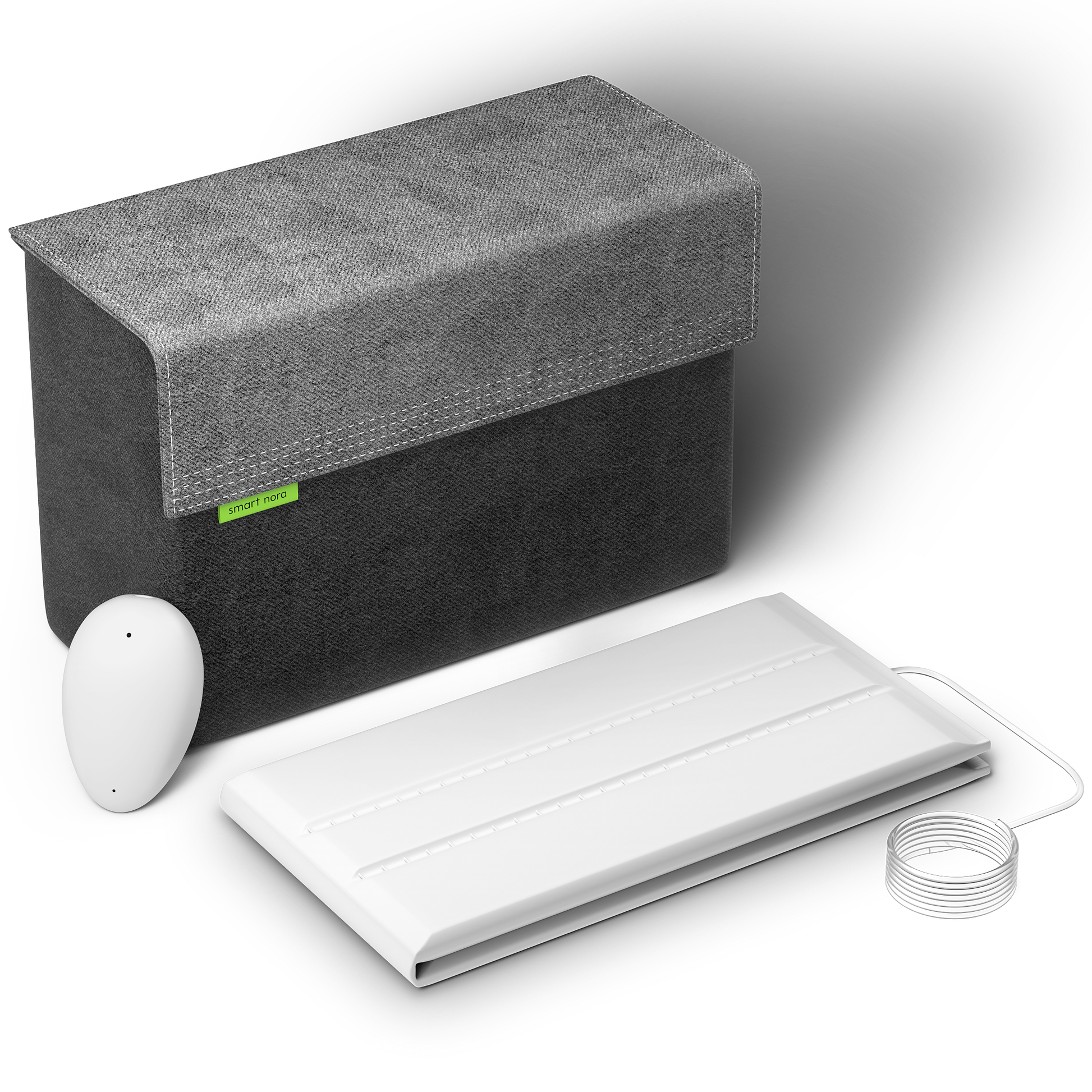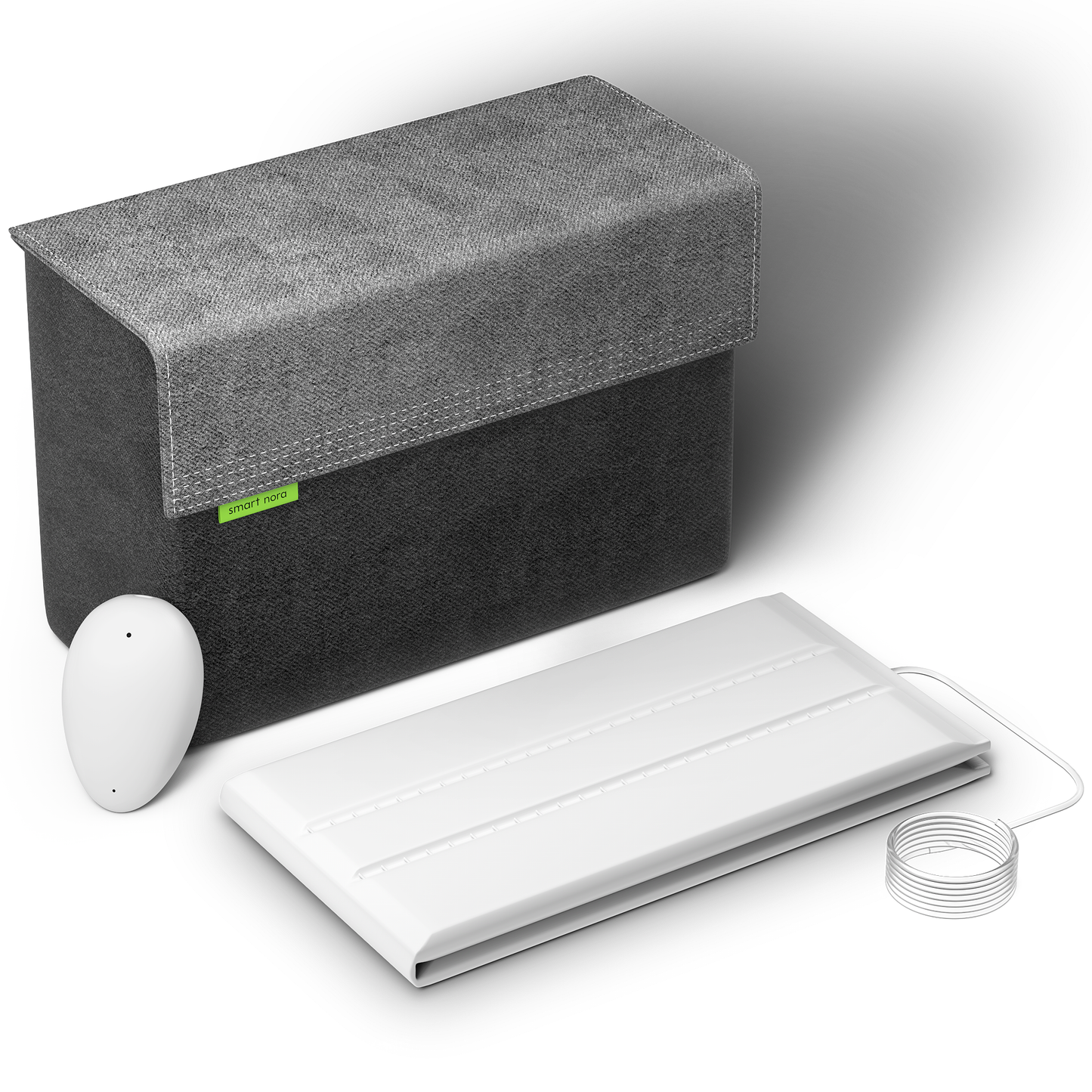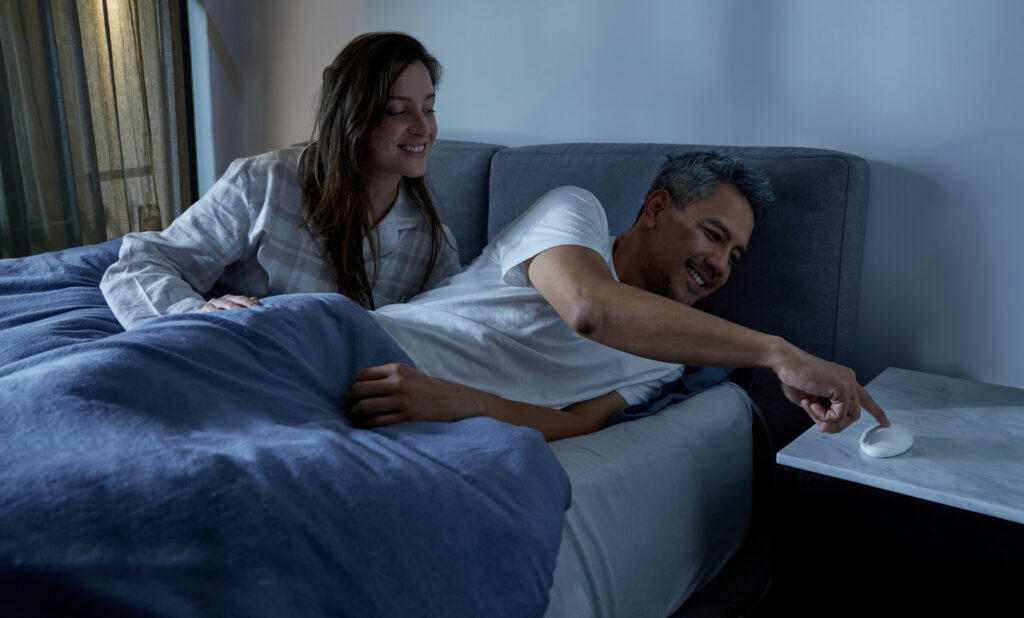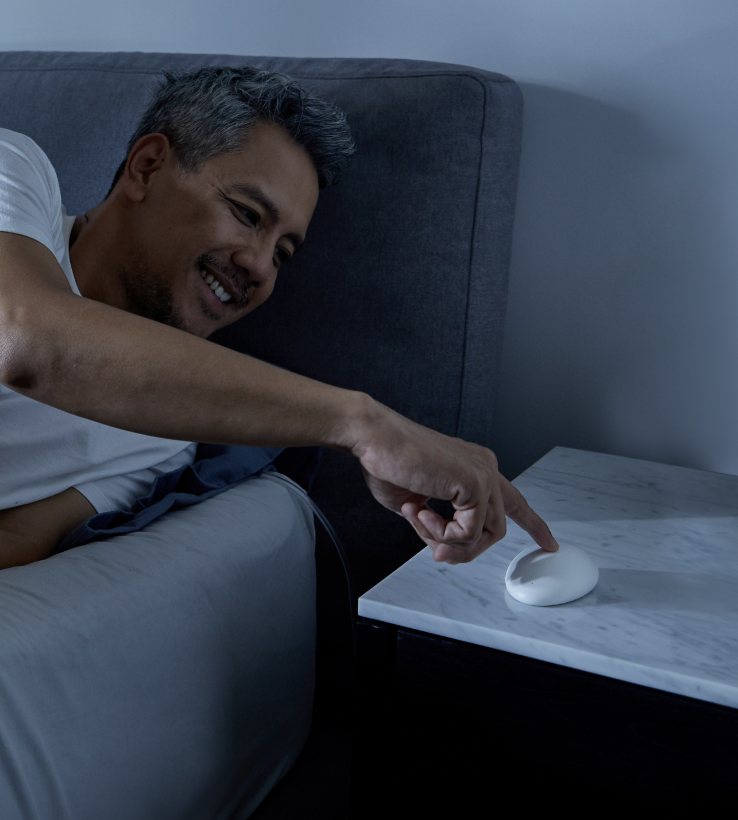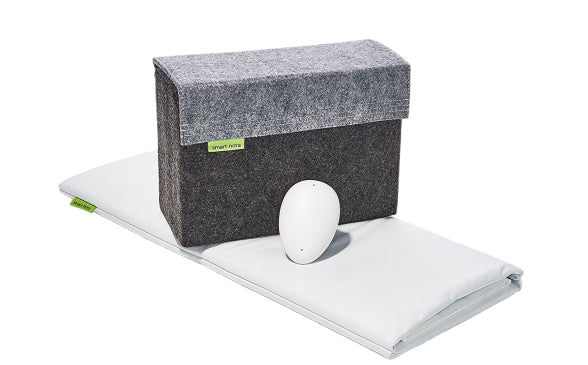Let’s be honest; everyone has experienced moments when taking a nap in the afternoon sounds like a much better idea than drinking more coffee. Given how busy all our lives are, you most likely don’t get enough time even to catch your breath. Even if all we would like to do is take a week-long sleep break, it’s not always possible to do so in the middle of the day.
This is probably why the idea of power naps has gained popularity. Resting for just 15–20 minutes can do wonders for your body by boosting your alertness. Now, the nap during the day is blissful, yes, but you might struggle to sleep at night, if you don’t nap the correct way.
You can prevent that unwelcome delay in your good night’s sleep by napping properly and keeping some techniques handy in your back pocket (or your pillow). Here is all the information you need about power naps, including their advantages and the ideal setting for one.
What is a Power Nap?
Most of us know we should sleep for a minimum of seven hours, but do we? No! According to studies, more than 30% of Americans don’t get the recommended amount of sleep each night. You might want to get the rest, but sometimes life gets in the way. Work, family, some me-time, anxiety – there are probably numerous reasons that hold you back from getting the sleep you need.
The circadian rhythm, an internal timekeeper in our bodies, regulates our sleep-wake cycle. Thanks to this body clock, we sleep, wake up, and experience varying levels of sleepiness throughout the day. For example, you might have experienced the infamous afternoon slump – a real struggle to focus between 2–4 pm. It is because the circadian rhythm is weak during this time.
This is where power naps come into play.
Many studies have shown that a 10–20 minute power nap is the perfect technique for increasing our alertness and productivity.
However, depending on when and how long you nap, power naps can impact your sleep quality and time. If you nap early, it will probably be non-REM sleep with some REM sleep thrown in. Spending time in the light sleep stage has no impact on your sleep-wake cycle, but it simply makes it easier to wake up from your nap.
However, taking a nap in the late afternoon or early evening increases the likelihood that you’ll doze off for an extended period. And this may impact your regular sleep schedule.
How to Power Nap?
Now that you know that it is possible to take a nap in the afternoon without losing sleep at night, here are some ideas for the most effective power naps. With these tips, you can nap in the afternoon and still get a good night’s sleep.
- Set the Alarm: Set your alarm for 20 minutes – the ideal amount of time that will make you feel relaxed without making you feel drowsy. You can get around three minutes of stage two sleep at this time, which has been found to have healing effects. If you must take a longer nap, choose a 90–minute nap period. You will be able to complete a full sleep phase during this period and wake up feeling refreshed.
- Find a Comfortable Setting: You must locate a calm area where you won’t be bothered by other people if you want to make the most of your nap. Seek a nice, cozy area to nap if you also want your dozing to be comfy. 65° F or 18° C is the ideal temperature for most people to fall asleep. And make sure the room is dark, since you will sleep more quickly when the light is blocked out.
- Don’t Go On Guilt Trips: If you must, take a trip to the mountains. Not guilt. Guilt might interfere with your sleep cycle. You should feel better after a nap, not worse. Do not feel pressured to work later or do more because you took a nap; remember you required the rest time for a reason. If you’re still feeling guilty about taking a nap in the afternoon, remember that certain cultures incorporate naps into their daily routines. As long as you’re still taking care of your other important responsibilities, you can nap guilt-free.
- Stay Away From Electronics: The whole purpose of napping is to improve your mood rather than worsen it. Mixing your nap with screen time can reduce its effectiveness since the psychosocial impacts of screen time can negate any relaxation you might have experienced during your slumber. Keep your phone away and take action to maintain the peace of your mind.
- Avoid Caffeine: A power nap will do more for your body than a few cups of coffee. Consuming coffee three hours before bedtime slows melatonin production (the sleep-inducing hormone) by almost an hour. Instead, a quick snooze can lessen drowsiness, enhance focus, and boost productivity without the terrible coffee crash.
Power naps will be most effective if you already follow a healthy sleep schedule. If your body has trouble falling asleep, you might want to start by working on that. If not, daytime naps may make it much more challenging to get a good night’s rest at night.
If a snoring partner is what holds you back from getting the quality sleep you need, how about investing in a smart anti-snoring aid? Smart Nora is an anti-snoring device that will adjust the position of your partner’s pillow as soon as it senses any snoring sound.
Benefits of a Power Nap
According to studies, sleeping for 20 minutes longer in the afternoon can increase your creativity and problem-solving skills (bet you didn’t know that). Here are some more ways in which a quick power nap can benefit you:
- Improves Your Overall Health: According to researchers, the chances of diabetes, heart issues, and depression could also be decreased since these conditions are more likely to develop when you don’t get enough sleep. The ability to sleep is essential for overall health and happiness. Your body reboots during this time to start over from scratch.
- Increases Your Energy Levels: Working through the lunchtime slump might make it more difficult to finish projects. A good nap will help you re-energize and prevent you from slouching over your desk. You can allow your body to rest for 15 to 20 minutes while regaining your focus.
- Improves Your Mood: It’s typical for people to feel agitated and less productive during a midday slump. Your brain may benefit from a break during this period, which you can achieve by taking a nap. You’ll be able to take on the rest of the day once your mind has been refreshed, and your mood has been lifted.
- Enhances Your Memory: Taking a nap in the afternoon can help you focus and concentrate better. According to a study, people who took a power nap saw similar concentration-related brain activity in the afternoon as in the morning, whereas people who didn’t nap experienced a reduction. Additionally, those who slept for at least 30 minutes had greater memory recall than those who did not.
Ready to Spare Twenty Minutes for Power Naps?
When not exceeded over 20 minutes, power naps can be a terrific addition to your healthy lifestyle and promote several other benefits. Although, remember to not use naps as a replacement for your night sleep, which should ideally be seven to nine hours long.
Consult your doctor if you need naps more frequently than usual, and you can’t figure out what the reason could be. Your inability to fall asleep at night could be caused by a drug you’re taking, a sleep problem, or another medical condition.






